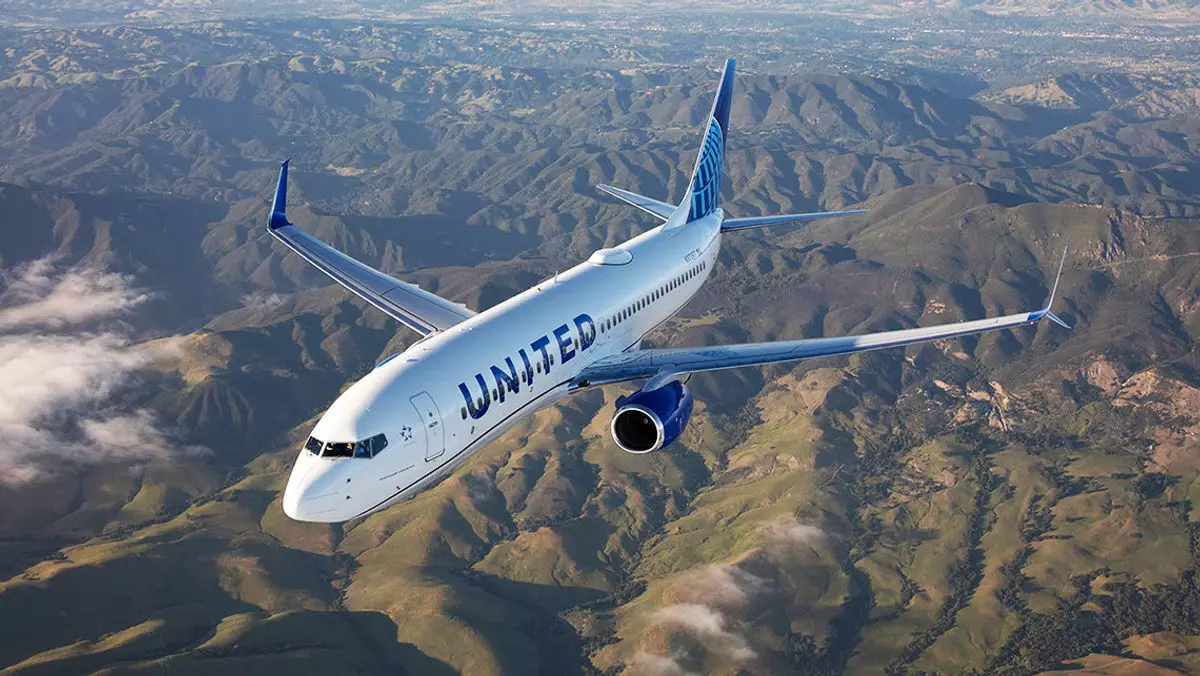United Airlines faced a shrinking profit margin in the second quarter due to industrywide domestic overcapacity driving down fares and leading to more empty seats on aircraft. The financial challenges faced by discount U.S. carriers played a significant role in this decline. United executives expressed confidence that the situation would improve in mid-August as airlines begin to reduce their rate of capacity growth. Chief commercial officer Andrew Nocella stated that the capacity adjustment would be slow to come back, emphasizing the long-lasting impact of the current environment.
For the quarter, United reported net income of $1.32 billion, which was an increase from the same period last year. However, last year’s figure included a one-time expense for retroactive pay raises, leading to a decline in the carrier’s pre-tax profit margin for the second quarter. United’s total revenue per seat-mile flown decreased, while its load factor also saw a decline. The industrywide domestic capacity for the second quarter was up compared to last year, but a shift is expected in mid-August that will lead to a decrease in capacity growth in the second half of August and September. United plans to reduce capacity by approximately 3 percentage points in the fourth quarter compared to its previous plan.
Discount carriers focusing heavily on domestic service, such as Spirit, Frontier, JetBlue, and Southwest, are expected to face worse results compared to legacy carriers like United and Delta. Spirit, in particular, anticipates an operating loss for the quarter. United estimates that the five least profitable domestic-centric U.S. airlines have significant operating losses on the weakest networks. Approximately 10% of current domestic flying is deemed “severely unprofitable capacity.”
Adapting to Overcapacity
Executives at United and Delta believe that the industry is adjusting more quickly to overcapacity than in recent memory. The adjustment is expected to be sustained once domestic capacity reaches a better balance with demand. Nocella highlighted that struggling airlines cannot afford money-losing flying and that there are limited opportunities for discount carriers to find low-competition, profitable routes. Even if one discount carrier goes out of business, the overall dynamics of the industry are unlikely to change significantly.
United Airlines is facing challenges due to industrywide overcapacity, which is impacting its profit margin and capacity planning. The airline is making adjustments to address these challenges and expects the situation to improve in the coming months. The broader industry is also experiencing significant shifts as airlines navigate the current economic environment. United remains focused on adapting to these changes and finding ways to maintain profitability in a competitive market.

